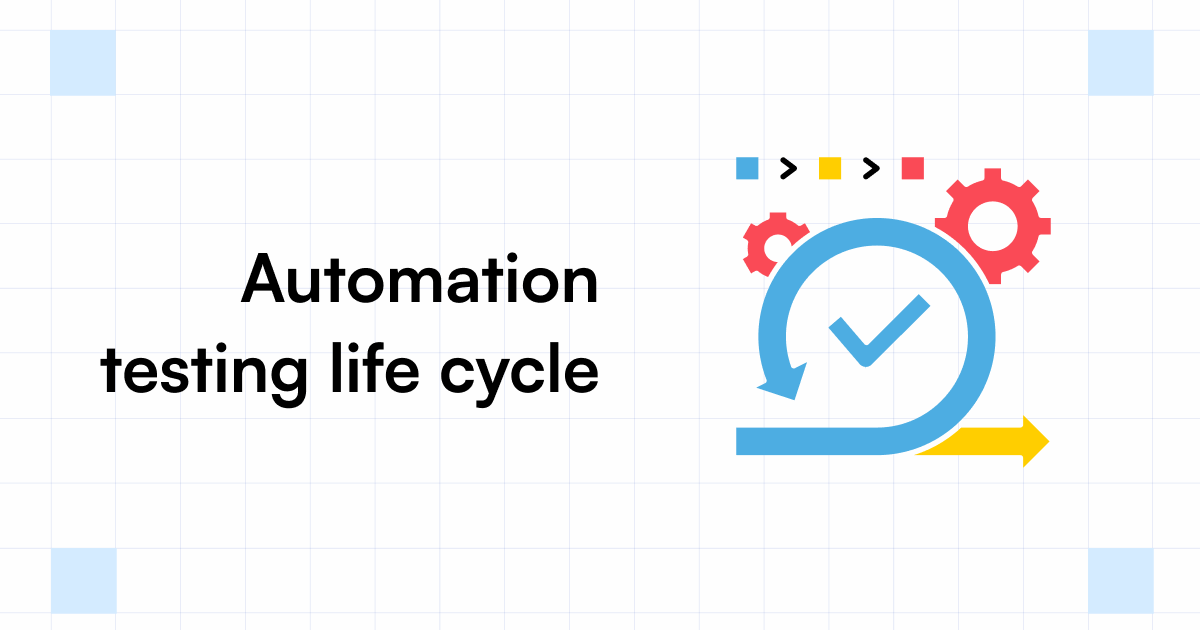Discovering the Future of Automation Testing in Software Program Growth
Discovering the Future of Automation Testing in Software Program Growth
Blog Article
From Manual to Automated Testing: A Comprehensive Guide to Transitioning Smoothly and Efficiently
In the world of software application screening, the change from handbook to automated processes has actually become a significantly important shift for companies looking for to enhance efficiency and precision in their screening practices. The journey from manual to automated testing is not without its difficulties, yet when come close to purposefully and with a clear strategy in mind, the benefits can be significant.
Benefits of Automated Testing
Automated screening offers many advantages, boosting performance and accuracy in software advancement processes. One main benefit is the substantial decrease in screening time. Automated tests can be run concurrently on numerous devices and running systems, significantly speeding up the testing stage contrasted to manual screening. This boosted performance allows for faster comments on the high quality of the software program, making it possible for developers to identify and deal with issues promptly.
Additionally, automated testing guarantees a higher degree of accuracy in discovering defects. Uniformity in screening is likewise enhanced, as automated tests implement the very same actions exactly each time they are run.
Selecting the Right Devices

To start with, analyze your purposes and needs. Recognize the range of your job, the innovations involved, and the capability of your group. This analysis will aid you determine the abilities and features you require in your screening devices.
Secondly, consider the compatibility of the devices with your existing processes and systems. Seamless assimilation with your present software application development lifecycle is important to ensure a smooth change to automation.
Furthermore, evaluate the scalability and adaptability of the tools. As your testing requires progress, the tools must be able to adjust and fit changes successfully.
Lastly, variable in the support and community around the tools. When carrying out automated testing, durable support and an active individual community can provide useful resources and assistance. By meticulously taking into consideration these aspects, you can select the right tools that straighten with your demands and established the stage for a successful change to automated testing.
Composing Reliable Test Scripts

When crafting test scripts, it is vital to consider the certain requirements of the software application being tested and make sure that the scripts attend to all critical performances. Clear and descriptive calling conventions for test manuscripts and test situations can boost readability and maintainability. Furthermore, including error handling systems within the examination scripts can assist in recognizing and dealing with problems promptly.
Additionally, organizing examination scripts into modular elements can boost reusability and scalability, decreasing redundancy and improving performance in examination script maintenance. Routine testimonials and updates to examine scripts are crucial to keep rate with advancing software demands and capabilities. By following these principles, testers can produce effective and robust test scripts that add significantly to the success of automated testing processes.
Integrating Automation Into Workflows
Efficient integration of automation tools into existing process enhances procedures and boosts performance within software development cycles. When integrating automation into workflows, it is essential to determine repetitive tasks that can be automated to save time and lower human error. By seamlessly integrating automated screening devices like Selenium or Appium right into the software program growth lifecycle, groups can accomplish faster feedback on code changes, leading to quicker pest discovery a knockout post and resolution. This combination enables for continuous screening throughout the growth process, making sure that any type of problems are identified at an early stage, resulting in greater software application high quality. Additionally, automation can be utilized to set off examinations immediately after each code commit, providing prompt recognition and liberating testers to concentrate on more complicated circumstances. Appropriate assimilation of automation devices requires cooperation between advancement, screening, and operations groups to develop a unified workflow that enhances effectiveness and effectiveness in supplying high-grade software application items.
Ensuring a Smooth Transition
Effectively transitioning to automated screening involves meticulous planning and cautious implementation to minimize interruptions and optimize effectiveness in the software program growth procedure - automation testing. To ensure a smooth transition, it is vital to begin by click to investigate performing a comprehensive assessment of the present screening processes and recognizing areas where automation can bring the most significant advantages. Involving with all stakeholders early on in the process, including programmers, testers, and task supervisors, is critical for amassing assistance and buy-in for the automation campaign
Interaction is crucial during this shift stage. Clear interaction of the goals, benefits, and assumptions of automated testing helps to take care of any kind of resistance or issues that may emerge. Furthermore, providing appropriate training and resources for employee to upskill in automation devices and techniques is vital for ensuring an effective change.

Verdict
In conclusion, transitioning from manual to automated screening supplies countless advantages, including increased efficiency and reliability. By selecting the suitable tools, writing effective test scripts, and integrating automation perfectly into workflows, companies can ensure a successful and smooth change. It is necessary to embrace automation as a valuable asset in software screening procedures to enhance overall quality and productivity.
In the world of software application testing, the shift from manual to automated procedures has actually ended up being an increasingly vital change for companies seeking to boost performance and precision in their testing techniques. Automated examinations can be run over at this website concurrently on multiple tools and running systems, substantially speeding up the testing phase contrasted to hands-on screening. Consistency in screening is likewise improved, as automated tests implement the exact same steps specifically each time they are run.To guarantee the effective application of selected screening tools, the production of efficient examination scripts plays a crucial duty in verifying the capability and performance of automated procedures - automation testing. By complying with these principles, testers can produce robust and efficient test manuscripts that contribute dramatically to the success of automated testing procedures
Report this page